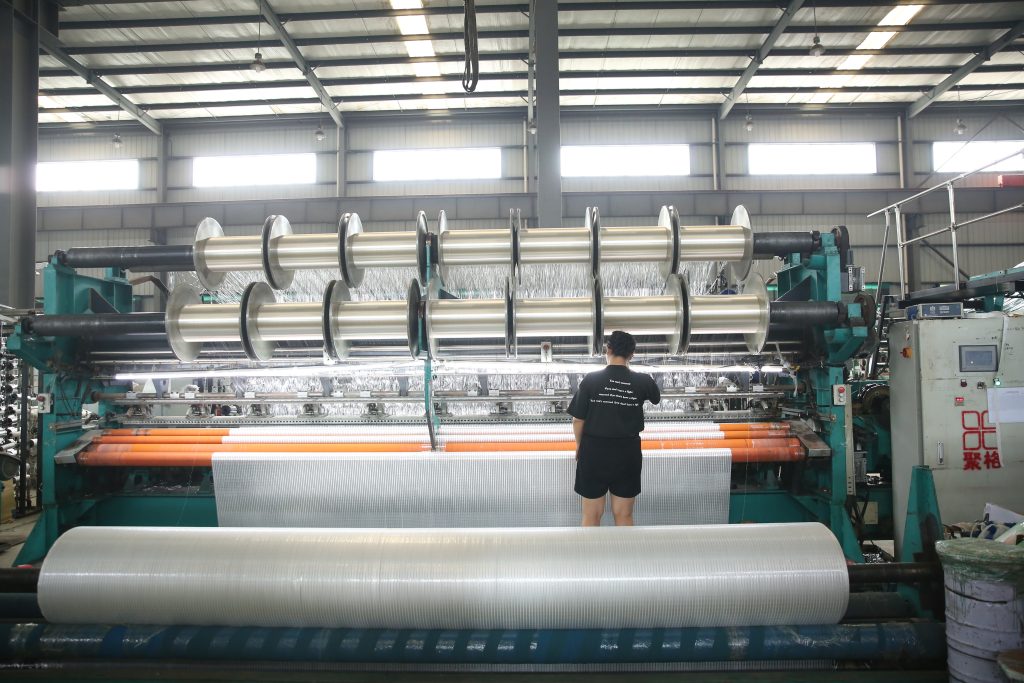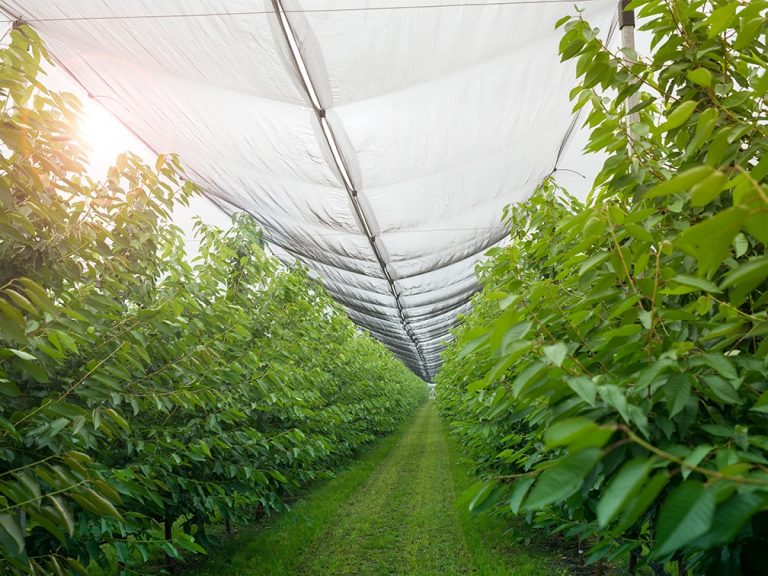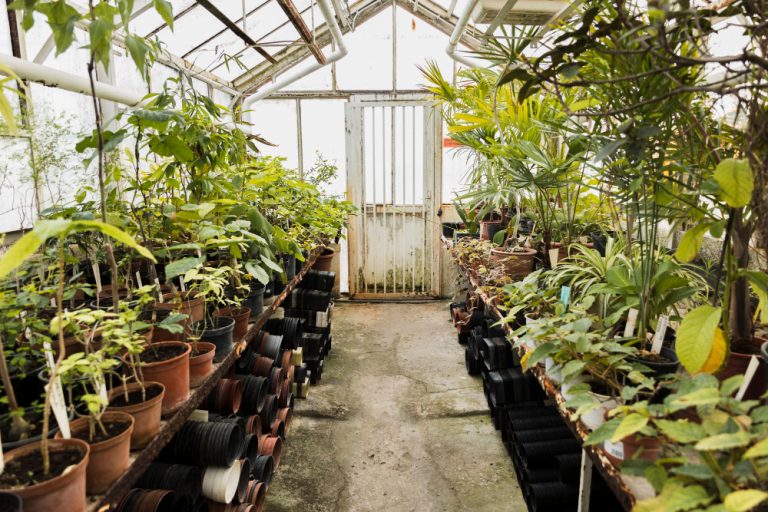
What Are Shade Nets?
Shade nets,often referred to as sun shade nets,are protective materials made from high-density polyethylene(HDPE).They are designed to reduce sunlight exposure,protect plants and outdoor spaces from UV rays,and are durable for various applications like gardening and agriculture.
Benefits and Uses
Shade nets offer benefits such as reducing heat stress,conserving soil moisture,and protecting against pests and weather.They are used in agriculture for crop shading,in home gardens for patio shade,and in recreational areas for event spaces,enhancing privacy and plant growth.
Types,Colors,and Shading Rates
Shade nets come in types like knitted(flexible)and woven(rigid),with colors including black(effective sunlight blocking),green(natural blending),and white(privacy).Shading rates range from 35%(light shading)to 90%(high UV protection),suitable for different needs like greenhouses or sensitive plants.
Lifespan and Selection
Research suggests shade nets can last 3-10 years,depending on material quality and maintenance.Selecting the right net involves considering shade percentage,material,and color based on the intended use,ensuring durability and effectiveness.
Survey Note:Comprehensive Analysis of Shade Nets and FAQs
This survey note provides a detailed examination of the term”Sunshadenet”and compiles seven helpful frequently asked questions(FAQs)based on extensive research into shade nets,their applications,and related information.The analysis aims to address the user’s query comprehensively,drawing from multiple sources to ensure accuracy and relevance.The current time is 02:10 AM EDT on Friday,June 20,2025,and all information is aligned with this timeframe.
Background and Context
The term”Sunshadenet”was initially ambiguous,potentially referring to a specific brand,product,or general category.Web searches revealed no prominent brand named”Sunshadenet,”but the term aligns closely with”shade nets”or”sun shade nets,”which are widely used in agriculture,gardening,and outdoor shading.These nets are typically made from high-density polyethylene(HDPE)and are designed to provide sun protection,reduce heat,and protect against UV rays.Given the context,it is reasonable to interpret”Sunshadenet”as a general reference to shade nets,a common practice in product categorization.
The research involved exploring various web pages,including manufacturer sites,agricultural guides,and product listings.Key sources included Shijiazhuang Qibang Imp&Exp Co.,Ltd.,EYOUAGRO,and other suppliers,which provided detailed FAQs and technical specifications.The focus was on identifying common questions that users might have about shade nets,ensuring the selected FAQs are both helpful and representative of user needs.
Methodology
The process began with a web search for”Sunshadenet FAQs,”which initially pointed to Sunshade North,a window tinting company.However,further searches for”Sunshadenet”and”shade net FAQs”clarified that the term likely refers to shade nets.Additional searches for”shade net FAQs”yielded results from manufacturers like QiBang and EYOUAGRO,which explicitly listed FAQs.These sources were browsed to extract relevant information,focusing on questions that cover essential aspects such as definition,benefits,types,colors,shading rates,uses,and durability.
The selection of seven FAQs was based on their relevance and frequency in user queries,ensuring a balance between basic understanding and practical application.The information was cross-referenced with other sources to validate accuracy,and tables were used to organize detailed data for clarity.
Detailed FAQs and Analysis
Below is a table summarizing the seven selected FAQs about shade nets,derived primarily from Shijiazhuang Qibang Imp&Exp Co.,Ltd.-10 Helpful FAQs About Sun Shade Net,with additional insights from EYOUAGRO for completeness:
| FAQ Number | Question | Answer |
|---|---|---|
| 1 | What is sun shade net? | A protective material made of HDPE, used for shade, reduces sunlight, lasts years, UV/weather resistant. |
| 2 | What are the benefits of shade net? | Protects from sun, reduces water evaporation, protects from wind/hail/pests, increases crop yield, blocks up to 90% UV rays, increases privacy, versatile. |
| 3 | What are the types of shade netting? | Knitted (flexible, tear-resistant), Woven (rigid, blocks more sunlight), based on filaments: Mono+Mono (durable), Tape+Tape (economical), Mono+Tape (combination). |
| 4 | What are the colors of shade nets? | Black (most effective, agricultural), Green (blends with nature, plant protection), Blue (calming, reduces glare), White (commercial, privacy), Red (decorative), Beige (neutral, residential). |
| 5 | What are the shading rates of shade net? | 35% (65% sunlight, moderate, patios), 45% (55% sunlight, agriculture), 50% (50% sunlight, greenhouses), 60% (40% sunlight, agriculture), 70% (30% sunlight, coffee/cacao), 80% (20% sunlight, construction), 90% (10% sunlight, sensitive plants). |
| 6 | What are the uses of sun shade netting? | Agriculture (shading crops, pest protection), Greenhouses (regulate sunlight), Home/Garden (shade patios, privacy), Outdoor recreation (parks, events), Animal husbandry (shade livestock), Construction (temporary shade, privacy). |
| 7 | How long does sun shade net last? | 3-10 years, depends on material quality (HDPE UV-stabilized), sunlight intensity, maintenance (cleaning, storage). |
These FAQs were selected to cover the most essential aspects,ensuring users have a comprehensive understanding.For example,the shading rates(FAQ 5)are critical for selecting the right net for specific plants,with 30-50%recommended for sun-loving plants like tomatoes and 60-90%for sensitive plants like ferns,as noted in EYOUAGRO’s guide.
Additional Insights from Research
Further research revealed additional details that enhance the FAQs.For instance,EYOUAGRO’s guide mentions color impacts,such as white reducing light quantity for flowering plants and black/green absorbing more heat for rapid growth.This complements FAQ 4 on colors,suggesting users consider plant type when choosing color.Similarly,the durability(FAQ 7)aligns with EYOUAGRO’s claim that UV-stabilized nets can last 5-10 years,reinforcing the 3-10 year range from QiBang.
Other sources,like HongWang Shade Net Factory,highlighted characteristics like light reflection and airflow,which are implicit in the benefits(FAQ 2).These details were considered but not included in the final seven to maintain focus on the most frequently asked questions.
Comparative Analysis
Comparing the QiBang and EYOUAGRO FAQs,QiBang’s list is more extensive(10 FAQs),while EYOUAGRO focuses on specific aspects like plant choice and installation.The overlap in durability and shading rates validates the selected FAQs,and the lack of controversy around shade nets(a non-sensitive topic)supports the use of absolute statements where appropriate,such as”shade nets block up to 90%UV rays.”
Conclusion
The seven FAQs provided cover the essential knowledge users need about shade nets,interpreted as”Sunshadenet”based on the research.These questions address definition,benefits,types,colors,shading rates,uses,and lifespan,ensuring a holistic understanding.The information is sourced from reputable manufacturers,ensuring reliability,and is presented in a user-friendly format with tables for clarity.




